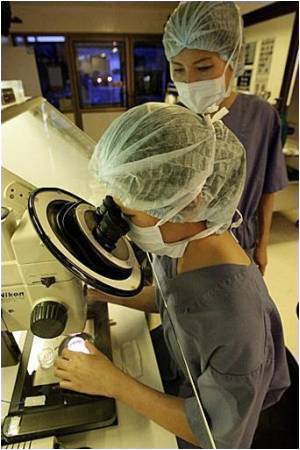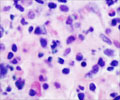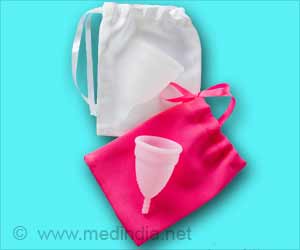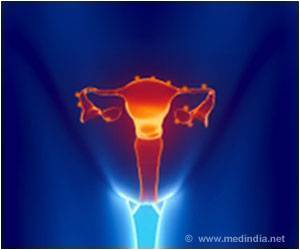Common screening method for embryo abnormalities following IVF accurately predicts the success of embryo transplantation for younger women, but not for women of advanced maternal age.

To evaluate the chromosomal status in human blastocysts, researchers led by Dr. Wei-Hua Wang collected 244 blastocysts from women undergoing IVF, biopsied the TE cells, and assessed all 23 pairs of chromosomes.
The results revealed by microarray indicated that 56.6% of the 244 blastocysts had an abnormal number of chromosomes. Of those, 62.3% had single and 37.7% had multiple or complex chromosomal abnormalities. Consistent with earlier studies, blastocysts from patients aged 38 or older were found to be much more likely to have abnormal chromosome numbers (56.4.0%) than those from patients aged 37 or younger (43.9.2%). Further, a mere 18% of embryos from women aged 41 and older had the correct number of chromosomes and were deemed suitable for transplant.
When the blastocysts that passed the initial inspection were transplanted, they resulted in high pregnancy rates (average 70.2%) independent of the age of the mother.
After this initial assessment, the team rebiopsied 13 of the abnormal blastocysts to compare the TE and ICM cells from the same embryos using two different array platforms. Nine of the 13 blastocysts were found to be mosaic (69.23%) and, of those, four had normal ICM cells that could potentially have produced healthy offspring. The authors therefore conclude that the commonly employed method of biopsy of TE cells alone does not predict chromosomal problems in ICM cells when there is an abnormal number of chromosomes and that older women should consider having their abnormal embryos rebiopsied if they need additional embryos for transplant.
There is clearly much left to discover in this field, and more information will be revealed as IVF clinics continue to use blastocyst microarray for embryo screening.
Advertisement
Source-Eurekalert















